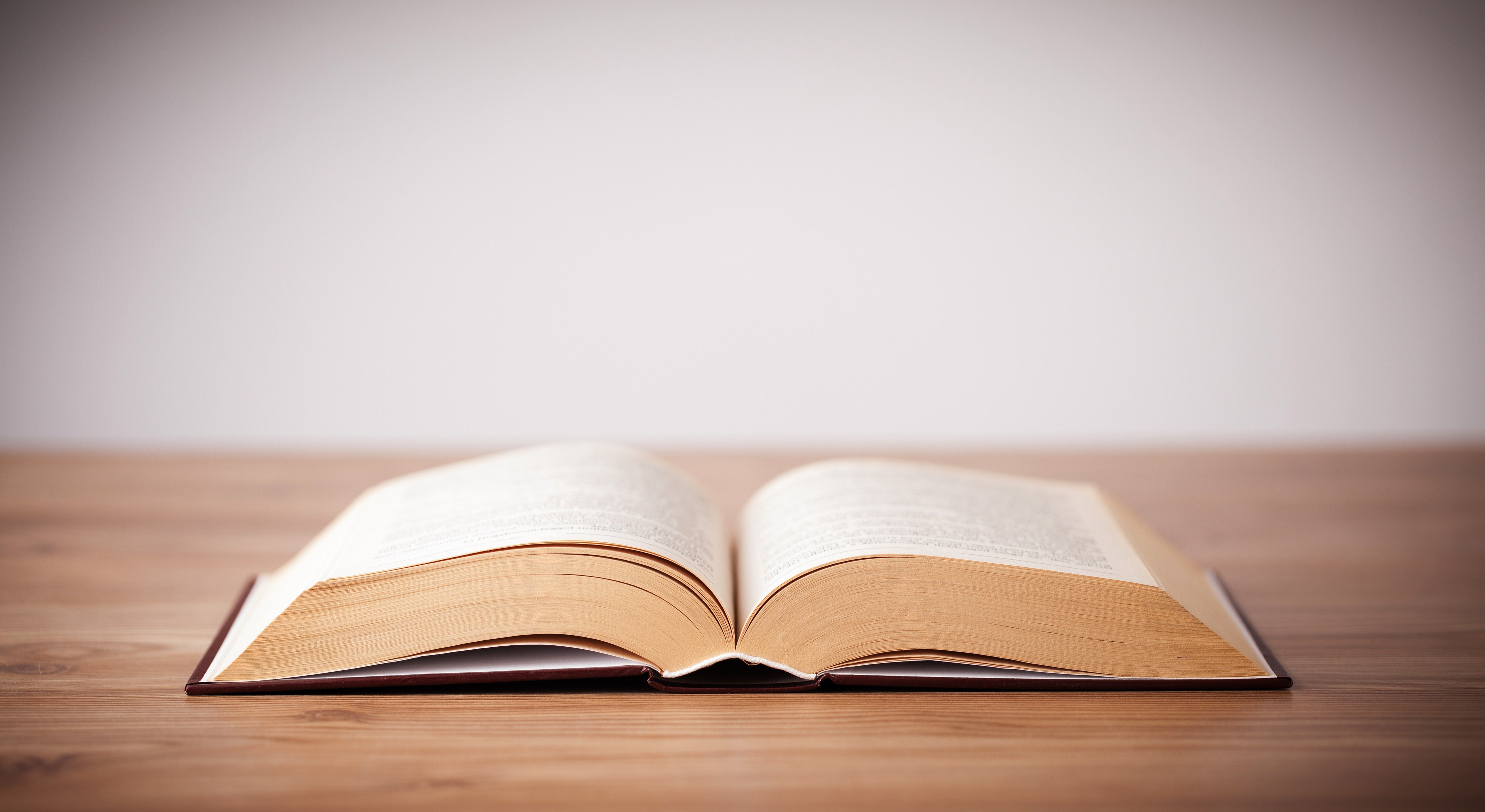

“The books of the 1950s are so regimented and perfect – it makes you feel tired just looking at them. “When the recipe, the ingredients and the style are singing – that’s when it works.”įor Russell what’s so fascinating about the evolution of food imagery is that it illustrates not just the changes in what we eat, but in how we eat it. The best thing about Diana’s recipes, Herd says, is that they’re “the whole package”. Henry’s books are sumptuous, both in their imagery and their writing – but they are about eating, first and foremost, and lead by quality ingredients. It takes the fear away.” Though Herd’s main client is Waitrose, she is best known for her work with Diana Henry, a cookery writer whose recipes epitomise exactly this. “Everything was very shiny.” The phase we’re in now is what food stylist Joss Herd calls “controlled messy.” “The photography is looser, like the recipe writing – and that makes it more accessible. “When I first started out it was all about presenting a perfect image and lifestyle using tweezers to place a mint leaf on the plate, for example,” says Woodhouse. “People contacted me saying they’d never have cooked the Ossetian pie had they not seen it on my feed.”įor Hercules, as for Woodhouse – her husband, as well as frequent photography partner – the job of the photographer is to translate the recipe for the user “to transport them to that plate to convey the food and it’s deliciousness.” Yet there is a fine balance to be struck between inspiring and intimidating the reader – and it is here that highly visual cookbooks have sometimes gone wrong. “It wasn’t being made because there wasn’t a picture – so I started posting it to Instagram regularly.” Here, the digital world dovetails nicely with the literary one. One of cookery writer and food stylist Olia Hercules’s biggest regrets with her book of Eastern European cooking, Kaukasis The Cookbook, was not including an image of her Ossetian Pie. Indeed, not only are we unlikely to buy cookbooks without images, we’re unlikely to cook recipes without them – even from books which are otherwise beautifully illustrated.

“Their point was to be affordable and stand the test of time.”
The photo cookbook series#
David and her peers Jane Grigson and Claudia Roden wrote books for the Penguin Classic series that were “useful and beautifully written,” Russell continues. It was more instructional than decorative, says food historian Polly Russell, dominated by step-by-step guides and “neat, regimented images” in sepia or black and white. The irony of Elizabeth David’s cover photo being so bad, Traeger continues, was that throughout her life, David “hated food photography.” “She almost never used it, and I think the reason was partly that photography and printing was pretty crude in those days.” Though illustrated cookbooks had been around for centuries, with great success, food photography had “quite a bad reputation” at that point in time. Food photography wasn’t the creative, seductive joy it is now. You don’t need to be Traeger, the pioneering photographer who worked on the food pages at British Vogue for 16 years before going on to win the prestigious André Simon award, to know that this is a bad food photo – but then, it was 1960.

“It’s called French Provincial Cooking.” I Google, and smile. “There is, I think, only one first-edition Elizabeth David that has a photograph on the front cover – and I can honestly say it is one of the worst food photos that ever existed.


 0 kommentar(er)
0 kommentar(er)
